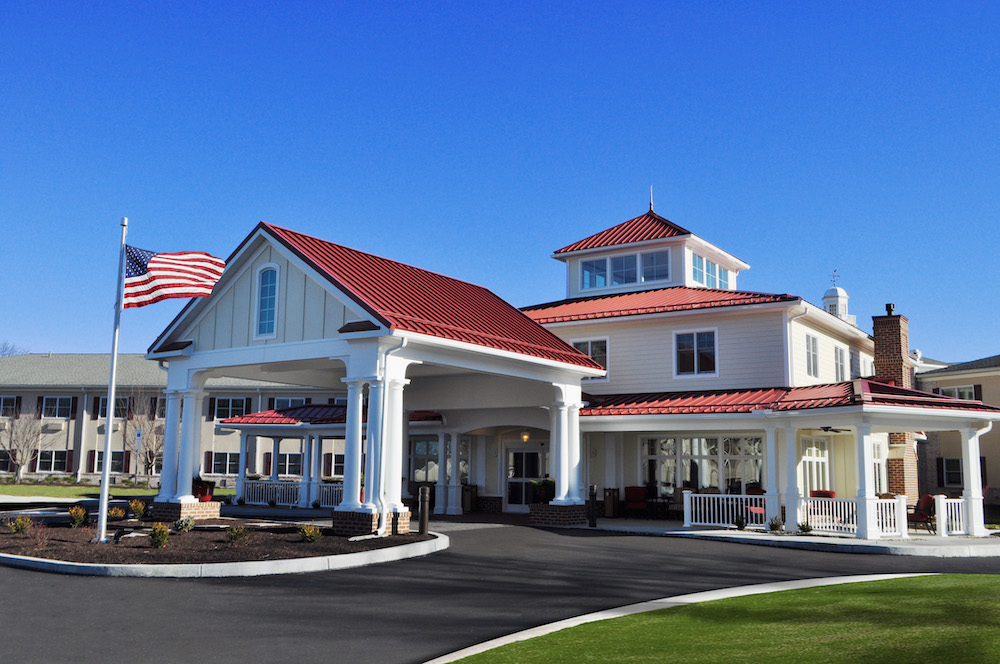Hospice utilization among Medicare beneficiaries is greater in assisted living facilities than many other settings, including private residences, according to new research published in Health Affairs.
Researchers from the Icahn School of Medicine at Mount Sinai in New York City indicated that this was the first national study to examine the types of residences where Medicare decedents resided. The study followed 8.349 decedents who passed away between 2002 and 2017 and found that 9.8% of patients enrolled in Medicare died in an assisted living facility, senior housing, retirement community or continuing care facility. Assisted living facilities saw the highest proportion of decedents at 30.4%, followed by retirement communities at 23.2%.
For the first time, data indicate that hospice utilization was higher in senior living communities that in private residences.
“As more people live and die in the community despite complex health needs and functional impairment, the need for hospice increases,” the study’s authors indicated. “We found high and increasing penetration of hospice in community-based residential settings, compared with hospice use in private residences and nursing homes.”
Utilization reached 51.2% among decedents dwelling in community based-residential settings during the study period, compared to 37.3% in private homes and 43.9% in nursing homes. Senior housing had the lowest rate among those settings at 32.7%
The researchers suggested that public policies designed to reduce costs by steering beneficiaries away from nursing home care towards other settings like assisted living contributed to the trend. With more seniors moving into those facilities, demand for hospice services will likewise increase, according to the study.
The prevalence of chronic and life-limiting illnesses, such as dementia, among residents of those communities was a contributing factor to the higher hospice utilization rates, the study found.
“Our findings of high rates of hospice penetration in community-based residential settings is not surprising, given the prevalence of people with serious illness and functional impairment, and the often limited medical and nursing support in these settings,” the report stated.
Many hospice providers see the assisted living as the setting that offers the most growth potential for their services during 2020 and beyond. Nearly 36% of 300 hospice providers who responded to a Hospice News-Homecare Homebase survey said that the assisted living would be their most significant avenue for expansion, compared to 33% who said they believed nursing homes would provide the largest opportunity.



